Showing 41–60 of 70 resultsSorted by popularity
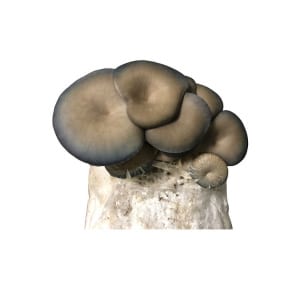
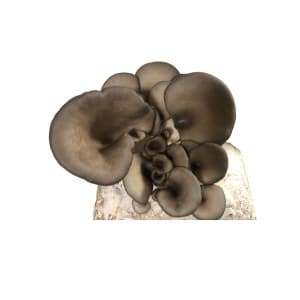
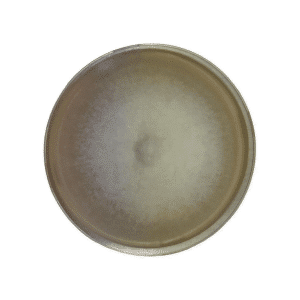
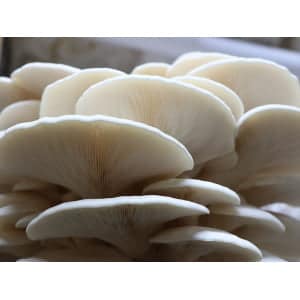
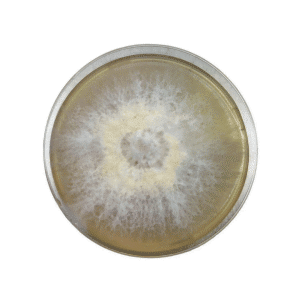
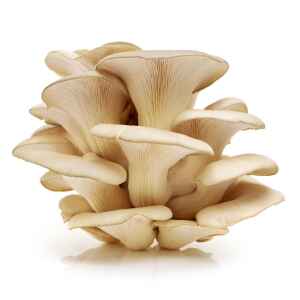
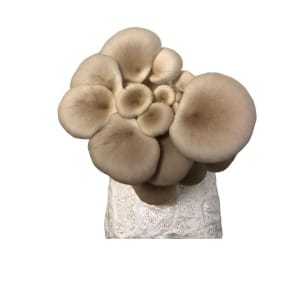
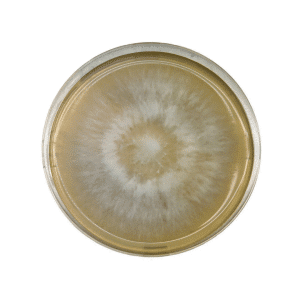
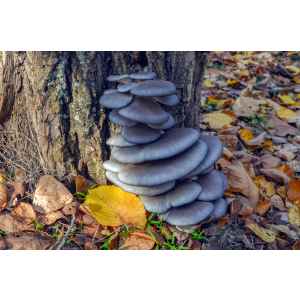
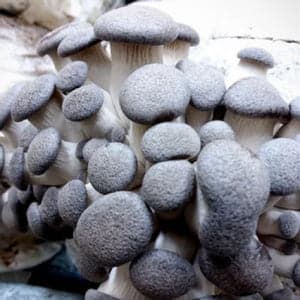
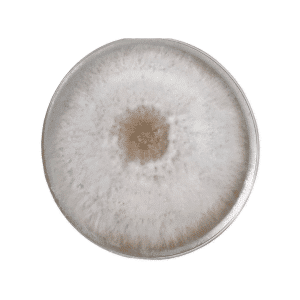
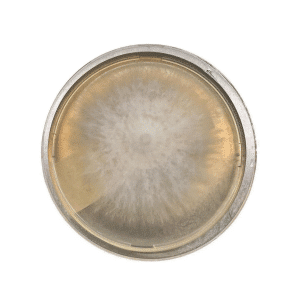
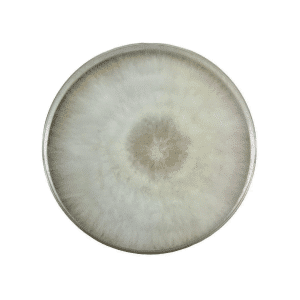
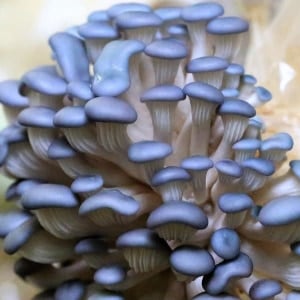
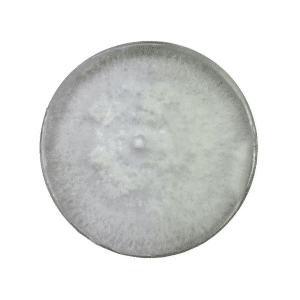
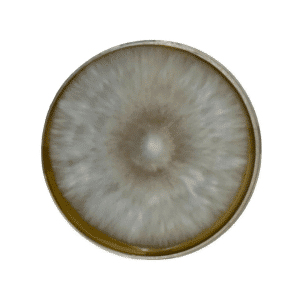
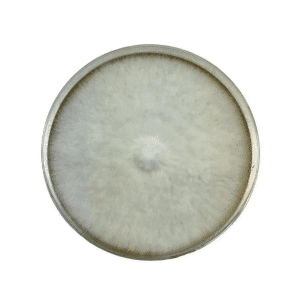
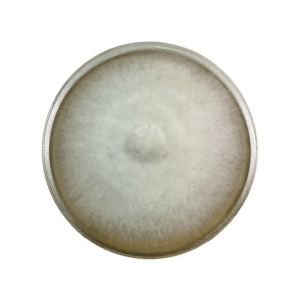

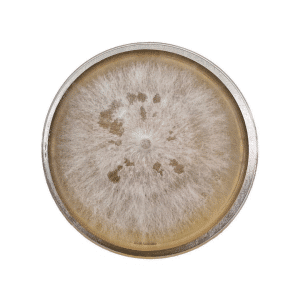
Oyster mushrooms (scientific name: Pleurotus ostreatus) are a species of edible mushrooms known for their unique oyster-shaped caps. They belong to the Pleurotus genus in the Pleurotaceae family. Oyster mushrooms are widely found in temperate and subtropical forests worldwide, particularly thriving on decaying wood like beech trees. These mushrooms are both saprotrophic and carnivorous, capable of decomposing wood and even preying on nematodes for nitrogen.
Vegans should not worry about eating oysters if they grow themself on Straw or hardwood sawdust.
The most common varieties of Pleurotus ostreatus include the White Oyster, Pink Oyster Blue Oyster etc. King Oyster mushrooms (Pleurotus eryngii) are a related species and are larger with a thicker stem, offering a meaty texture. The Yellow Oyster and Tan Oyster are also popular varieties known for their distinct flavors and appearances.
There is also black king oyster that was a result of interbreeding King oyster and Pearl oyster.They actually fruit Black.
There are so many strains and names because oyster mushrooms are really popular. For example, Yellow Oysters are also known as the Golden Oysters. The Pink Oysters have received a few names, such as Flamingo Oyster, Barbie, and Valentine.
Mushrooms produce spores, which work a little bit like seeds. The mushrooms that eventually come out are always similar each time you grow them, but sometimes they may have unique features. For example, a Pink Oyster may grow to become very light in colour, almost white. If a company can identify this one-of-a-kind genetic feature and stabilize it such that every time mushrooms are grown from it, they come out milky white; then they have struck the genetic jackpot. This would undoubtedly breed orders from growers worldwide for this “Milky Pink” variety. High demand would provoke a company like ours to start stocking.
Similarly, though Tan Oysters can be brown, one company may find a variation that does not have a simple brownish tint but is indeed a deep chocolate colour. They then named it Chocolate Oyster, even though it derived from the original spores of Tan Oyster and was stabilized. Compatibility, breeding, and genetics are highly complicated but generally known to experts, although the exact methods are closely guarded secrets.
It is important to note that even temperature and light exposure affect how the mushroom looks and the intensity of its colour.
Cultivating oyster mushrooms is relatively easy and can be done using various substrates, such as Sugar cane mulch, straw, sawdust, Supplemented sawdust, master mix(a Mix of 50% sawdust and 50% soy pellet), and even coffee grounds. However, we recommend using coffee grounds only as a supplement of a maximum of 5% on your straw or sugar cane mulch.
These mushrooms can be grown indoors or outdoors and are suitable for home cultivation and commercial production. They are fast-growing and can be harvested within a few weeks.
Oysters are considered fast-growing, so they can easily outcompete any competition we like to call contamination.
For this reason, growing oysters do not need a very sterile substrate, and the food source does not have to undergo sterilization in an autoclave like we need to do for some of the other mushrooms.
This is done via pasteurization technique with only less nutritious substrate(like straw and sugarcane mulch).
Ideally, we add boiling water to sugarcane mulch, grain straw, or cold water mixed with calcium hydroxide. Pasteurisation kills all living organisms, but spores are not killed. Spores of all competing organisms take around 2 weeks to germinate to a sizable size. So any species grown using the pasteurization technique has to be vigorous to be able to colonize the whole substrate in 2 weeks and should also require little to no nutrition in its diet like Oysters, so realistically, you can grow side fruiting oysters only using this technique in buckets.
Check out our Grow mushrooms in bucket blog.
Shopping list of things to buy to grow mushrooms in the bucket.
PS- You can use any other straw except grain straw, like pea straw, but grain straws are more nutritious.
Oyster mushrooms are a highly nutritious source of protein, vitamins (B vitamins, vitamin D), and minerals like potassium. They are also rich in antioxidants and low in calories, making them an excellent option for maintaining a healthy diet. In addition,
Pleurotus ostreatus has been studied for its ability to bioaccumulate lithium.
Pleurotus ostreatus is a popular choice in Czech, Polish, Slovak, Japanese, Korean, and Chinese cuisines. It is frequently used in soups, stir-fries, and as a vegetarian alternative to meat in dishes like kotlet in Polish cuisine. The mushroom has a mild flavour with a subtle anise aroma, best when harvested young for optimal texture and taste. It can also be used to make vegetarian oyster sauce and as a substitute in various meat-based recipes.
Growing oyster mushrooms at home is straightforward. They thrive in humid, warm conditions and can grow on materials like wood logs, straw, and cardboard. Oyster mushrooms are ideal for beginner mushroom cultivators due to their fast growth rate and adaptability. The use of mushroom grow kits has become a popular method for easy cultivation.
Studies have shown that Pleurotus ostreatus may help reduce cholesterol levels and improve immune system function. Its high fiber content promotes digestive health, while its antioxidants help combat inflammation and oxidative stress. This mushroom is also an excellent source of nutrients for vegetarians and vegans due to its high protein content.
Oyster mushrooms play a significant role in mycoremediation, helping to degrade harmful substances in the environment, such as diesel oil, oxo-biodegradable plastic bags, and green polyethylene. They act as saprotrophs, decomposing dead wood and contributing to the ecosystem by recycling vital elements. Pleurotus ostreatus also contributes to sustainable agriculture by growing on waste products like straw and coffee grounds.
To prepare oyster mushrooms for cooking, follow these steps:
Cooking: Sauté, stir-fry, grill, or roast the mushrooms. They cook quickly, so be mindful of cooking times to prevent them from becoming rubbery.
Oyster mushrooms have a mild, slightly sweet flavor with a hint of nuttiness and a subtle anise-like aroma. Their taste is often described as delicate and earthy, making them a versatile ingredient that pairs well with a variety of dishes. The texture is tender and slightly chewy when cooked, enhancing their culinary appeal.
The yield from an oyster mushroom growing kit can vary depending on several factors, including the type of kit, the care provided, and environmental conditions.If you grow them in a 20 Liter bucket with straw, you can expect 2.5-3 Kg of mushrooms depending on strain.
We also sell mushroom growing kit that is for educational purpose, since we want to teach people the full mushroom lifecycle, we sell kit that are small but fast. The downside is that you wont get much mushroom out of it, as more the food better the yield.
So once you understand the whole cycle, then its best to grow them by yourself in buckets.
Our educational kits are a smaller bags designed to teach how to grow mushrooms, they necessarily do not produce abundant of mushroom. We guarantee you will learn a lot.
Typically, 1 kg of oyster mushroom spawn can yield approximately 5 to 10 kg of fresh mushrooms. The actual yield can depend on the growing conditions, substrate used, and the specific variety of oyster mushroom being cultivated.
The main differences between King oyster mushrooms (Pleurotus eryngii) and standard oyster mushrooms (Pleurotus ostreatus) are:
Flavor: King oyster mushrooms have a rich, umami flavor, while standard oyster mushrooms are milder and slightly sweeter.
Taste preference can vary from person to person, but many people find that Pink Oyster mushrooms (Pleurotus djamor) are among the tastiest due to their slightly sweet and robust flavor although their texture can be off putting for some and they also have a very short lifecycle. King oyster mushrooms are also highly regarded for their rich, meaty taste and versatility in cooking. Ultimately, the tastiest variety will depend on individual preferences and how they are prepared.
12°-18°C- White Elm
15°-20°C- Blue Pearl Oyster, Black king, Blue Shimeji, Giant King Oyster, Princess of Pearl, Tan oyster, White oyster
20°-25°C- Phoenix
15°-30°C- King of Pearl Oyster, Pearl Giant Oyster, Pink Oyster, Yellow Oyster, Sojor Caju Oyster
All oysters except for king oyster are side fruiting.
© 2025 Rootlab